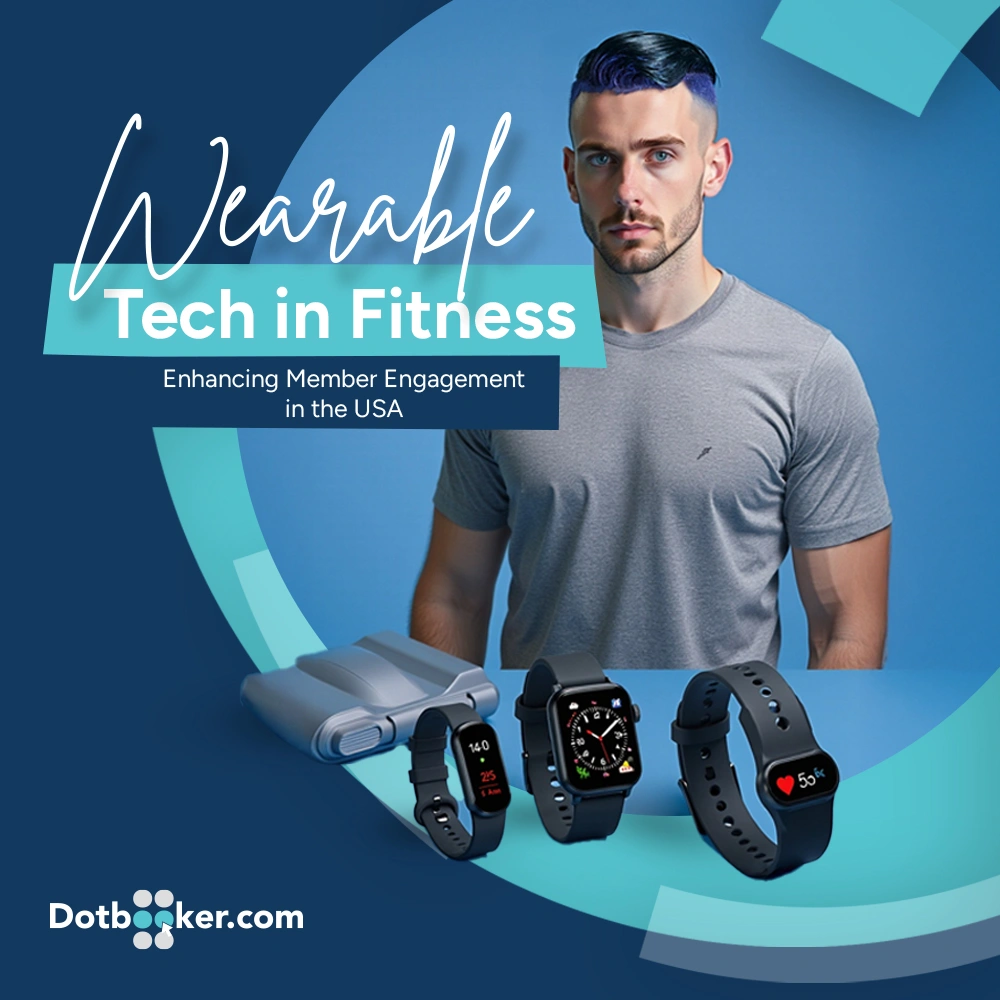
- By Dotbooker
- Apr 21, 2025
- 581
Wearable Tech in Fitness: Enhancing Member Engagement in the USA
There was a time when a gym membership was just a swipe card and a locker key. Today? It’s a smartwatch on your wrist, a ring tracking your sleep, and a trainer getting your heart rate data before you even say hello. Welcome to an era where wearable fitness technology in the USA isn’t just supporting workouts—it’s transforming the entire fitness experience.
This isn’t about slapping tech onto routines. It’s about turning every second at the gym into a personalized, data-powered journey—and every member into someone who feels seen, supported, and deeply engaged.
Let’s explore how wearables are making this magic happen.
The Rise of the Machines (That Care About Your Heart Rate)
We’re not entering a dystopian future where robots bark workout commands. We are entering a beautifully intelligent era where wearable fitness technology in the USA makes fitness hyper-personalized, and these devices don’t just track movement; they interpret human behavior, biology, and recovery patterns.
Let’s unpack the top tech players transforming modern fitness centers:
Smartwatches
(Popular Devices: Apple Watch Series 9, Samsung Galaxy Watch6, Fitbit Sense 2)
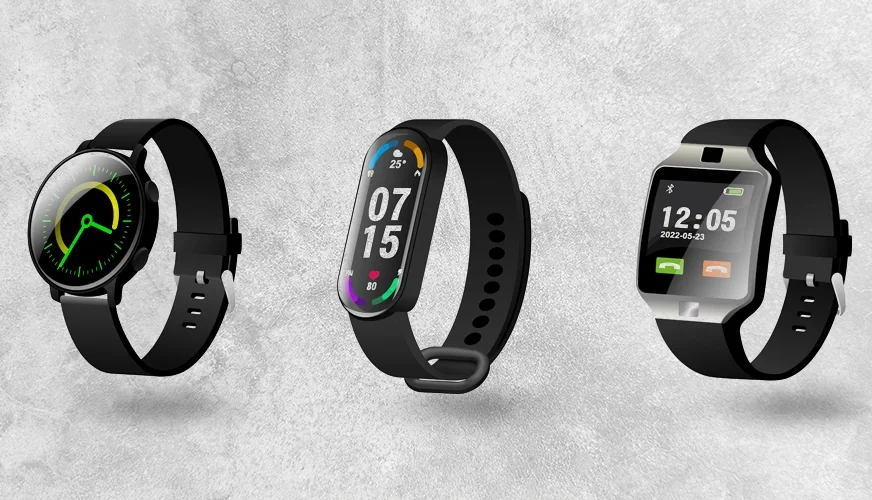
These are the Swiss army knives of wearables.
- Optical Heart Rate Sensors (PPG Technology): These devices utilize green LEDs and photodiodes to measure blood flow patterns in the wrist, enabling real-time heart rate calculations, even during intense cardio or sleep.
- GPS and Accelerometers: Used for route tracking, pace analysis, and movement recognition—ideal for outdoor workouts and running clubs.
- SpO2 Monitoring: By shining red and infrared light through the skin, smartwatches estimate blood oxygen saturation —an important metric for altitude training or respiratory health monitoring.
- Electrodermal Activity & ECG: Higher-end watches, such as the Fitbit Sense, offer electrocardiogram (ECG) functions that detect arrhythmias and electrodermal activity (EDA) scans, which measure skin sweat levels as an indicator of the stress response.
- Native App Integration: Apple Health, Samsung Health, and Google Fit now sync directly with gym CRMs and booking tools, such as Dotbooker, enabling gyms to personalize outreach based on real-time health data.

Smartwatches don’t just sit pretty—they deliver real coaching prompts, live biometric updates, and automatic workout detection, turning a simple gym visit into a personalized wellness experience.
WHOOP Bands
(Popular Device: WHOOP Strap 4.0)
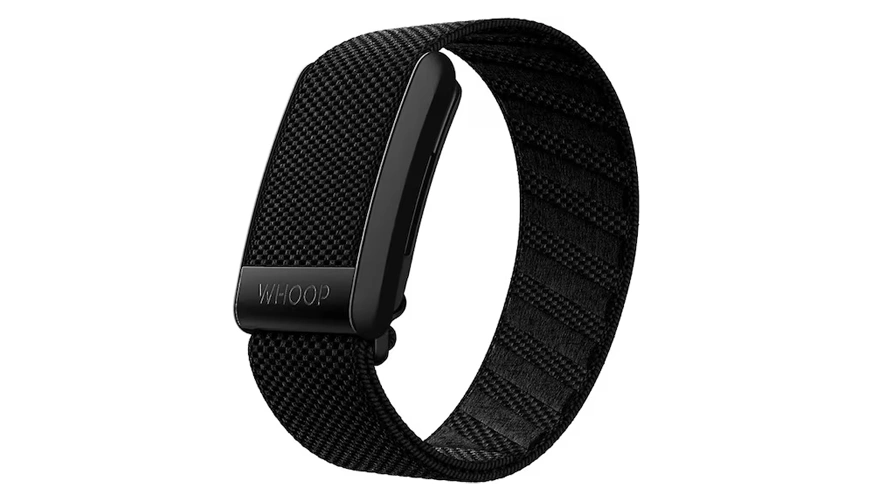
WHOOP isn't your average fitness tracker—it’s a performance optimizer used by elite athletes and wellness-focused individuals alike. Its minimalist, screen-free design is purpose-built for focus, not distraction.
- 24/7 Heart Rate and HRV Monitoring: WHOOP provides in-depth cardiovascular insights by continuously tracking resting heart rate, heart rate variability (HRV), and respiratory rate—both during sleep and recovery.
- Strain Score: Instead of focusing on steps, WHOOP calculates “strain,” a cumulative metric that reflects cardiovascular load across the entire day, guiding users on when to push and when to rest.
- Recovery Score: Each morning, users receive a personalized score based on HRV, sleep quality, and resting heart rate, helping them decide the intensity of their workout for the day.
- Sleep Coach with Haptic Alerts: WHOOP provides personalized sleep recommendations and discreet, vibrating alarms to wake users during optimal sleep cycles gently.
- No Screen, All Sync: Designed to be worn 24/7, WHOOP syncs with its mobile app to provide rich insights without the distractions of on-device notifications.
WHOOP’s subscription-based model also enables continuous software updates and data enhancements, making it an ideal solution for fitness businesses that offer performance coaching or recovery-focused services.
Fitness Trackers
(Popular Devices: Fitbit Inspire 3, Garmin Vivosmart 5, Xiaomi Mi Band 8)
![]()
Think of these as lean, efficient versions of smartwatches. Their design philosophy is: track more, distract less.
- 3-Axis Accelerometer & Gyroscope: These sensors enable the tracker to accurately detect walking, running, sleeping, and even cycling using motion-based pattern recognition.
- Continuous Heart Rate Monitoring: Devices like Garmin Vivosmart offer all-day HR tracking, calculating resting HR, HR zones, and recovery patterns.
- Hydration & Menstrual Tracking: Fitbit and Xiaomi’s latest models prompt hydration reminders based on sweat output and ambient temperature. Menstrual tracking is powered by hormonal cycle prediction engines based on user data and past logs.
- Battery Efficiency: Unlike full smartwatches, these devices offer up to 14 days of battery life, making them ideal for 24/7 wear.
For fitness businesses, these trackers allow seamless syncing with mobile apps—no frills, all function.
Smart Rings
(Popular Devices: Oura Ring Gen 3, Ultrahuman Ring AIR)
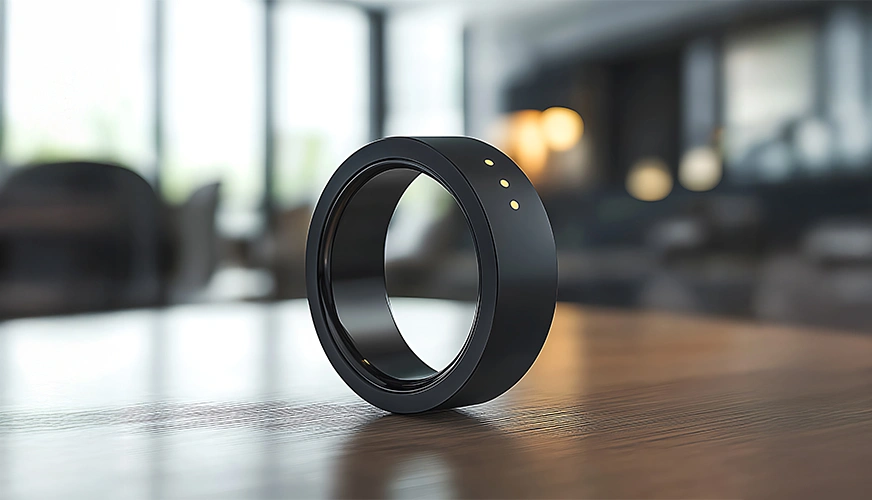
Smart rings are the dark horses of fitness tech—tiny, sleek, yet deeply intelligent.
- Infrared Photoplethysmography (PPG): Utilizes infrared light to detect blood flow more accurately than green-light sensors, making it ideal for measuring nighttime HR variability (HRV) and resting heart rate.
- Temperature Sensors: Measure skin and ambient body temperature, giving early alerts for potential illness or hormonal shifts.
- Sleep Architecture Mapping: Rings track REM, deep, and light sleep cycles using motion sensors and HR data, providing recovery scores and readiness indexes every morning.
- Daily Strain Scoring: Ultrahuman integrates glucose monitoring (when paired with a continuous glucose monitoring patch) to correlate physical strain with metabolic performance.
Best part? Their non-intrusive form makes them ideal for yoga lovers, executive wellness clients, and tech-light users who want insight without screen overload.
Heart Rate Chest Straps
(Popular Devices: Polar H10, Wahoo TICKR X)
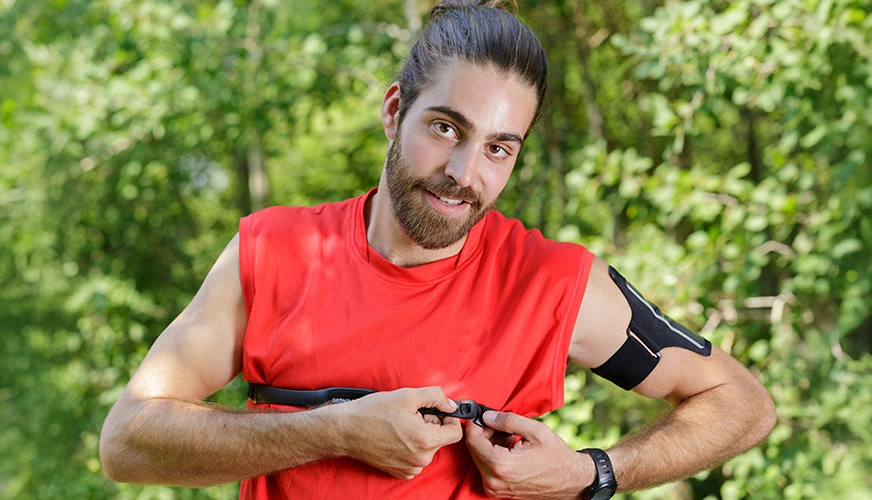
When it comes to precision, these remain the gold standard, favored by professional athletes, personal trainers, and serious fitness enthusiasts.
- Electrocardiogram (ECG) Sensors: Unlike wrist-based trackers, chest straps directly read electrical signals from the heart, providing medical-grade heart rate (HR) accuracy, especially during high-intensity workouts.
- ANT+ and Bluetooth Smart: Dual-band connectivity enables the strap to broadcast real-time heart rate data to multiple devices simultaneously, including gym monitors, treadmills, cycling apps, and trainers’ tablets.
- Motion & Cadence Detection: Newer models even track reps, jump counts, and cycling cadence, adding muscle performance metrics to cardio-focused sessions.
These devices are ideal for HIIT zones, CrossFit-style training, and personal coaching studios, where second-by-second heart rate (HR) accuracy is crucial for driving performance metrics and ensuring safety.
Smart Clothing
(Popular Brands: Athos, Hexoskin, Sensoria)
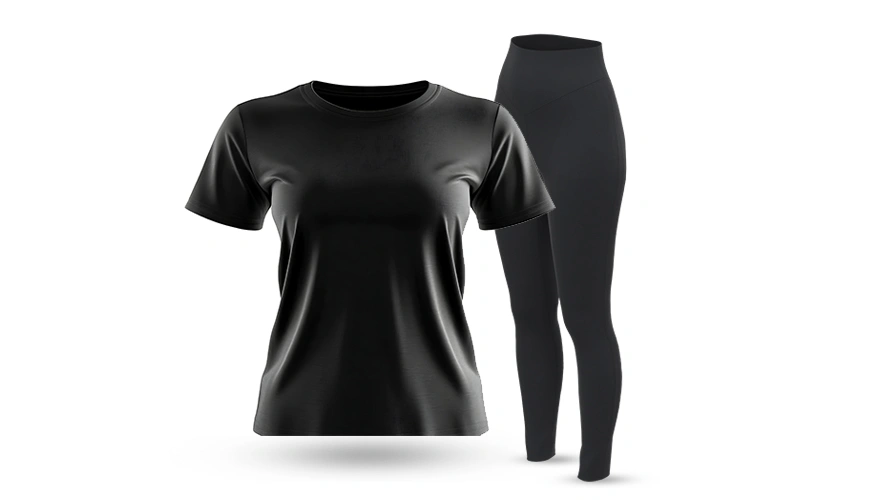
This is next-gen, immersive wearables—built into what you wear.
- EMG (Electromyography) Sensors: Embedded in fabric to detect electrical activity in major muscle groups like quads, hamstrings, glutes, and biceps—perfect for weightlifting and physiotherapy sessions.
- Posture & Movement Analytics: Smart shirts and leggings monitor posture during movement, detecting slouching, asymmetrical lifts, or incorrect alignment in yoga or pilates.
- Breathing & Cardio Monitoring: Hexoskin smart shirts track respiratory volume, heart rate, and ventilation rates—all without the need for a smartwatch or wearable strap.
Fitness brands can use this data for injury prevention, form correction, and even real-time trainer feedback in advanced performance zones or rehab sessions.
Personalization is the New Motivation
We live in the era of curated Spotify playlists, Instagram ads that know what you crave, and Netflix recommendations that “get you.” So why should fitness feel one-size-fits-all?
With fitness trackers and smart devices, members don’t just guess their progress—they see it. Every drop of sweat becomes a data point. Trainers can tailor plans based on real recovery stats. Studios can send reminders when sleep scores drop or step counts dip.
It’s no longer about “Did you work out today?”
It’s: “You burned 732 calories, hit a new peak heart rate zone, and slept like a champion. Want to do a low-impact recovery circuit tomorrow?”
That’s gym member engagement in action—not just telling members what to do, but showing them why it matters.
Group Challenges Just Got Smarter (and Addictive)
There’s something irresistible about competition—especially when it’s fun, fair, and digital.
Thanks to wearable integration, fitness centers in the USA are launching:
- Leaderboard challenges (Most steps in a week? Top calories burned?)
- Team-based fitness games (Run club vs spin squad—who’s moving more?)
- Wellness points and loyalty systems based on activity logs
And the best part? All are tracked automatically through health monitoring devices.
This isn’t just engagement—it’s gamified, social, and shareable engagement that boosts retention and gives members a reason to show up, even on their least productive days.
Wellness Beyond Workouts: Recovery, Sleep, and Stress
Here’s a truth bomb: Gym members aren’t just thinking about squats and sprints. They’re thinking about how they feel. Are they sleeping well? Managing stress? Getting enough recovery?
Wearable fitness technology in the United States is bridging the gap between workouts and overall well-being. Devices like Oura Rings or Garmin smartwatches measure:
- HRV (Heart Rate Variability): A key indicator of stress and recovery
- REM and Deep Sleep cycles: Crucial for mental focus and muscle repair
- Respiration and skin temperature: Early signs of fatigue or illness
When gyms tap into this, they shift from being just fitness providers to total wellness partners.
Imagine a push notification:
“Hey Harsh, your sleep score was low last night. Join our 15-minute guided breathwork class today—on us.”
That’s what fitness trackers can unlock—engagement that cares.

Fitness, Future-Ready: What’s Next?
Let’s not stop at where we are. With wearable fitness technology in the USA evolving rapidly, the next phase might include:
- AI-based virtual trainers reacting in real time to wearable data
- Biometric access to gyms—your heartbeat opens the doors!
- Dynamic class recommendations based on last night’s sleep score
- Real-time health alerts for trainers (Imagine getting notified if a member’s HR spikes dangerously)
This isn’t far off—it’s coming faster than most gyms are ready for.

Your Gym’s Secret Weapon? It’s Already on Their Wrist
Member engagement isn’t about shiny apps or flashy decor anymore. It’s about relevance. Real-time insights. Personalization. And nothing delivers that quite like wearable tech.
By embracing fitness trackers, health monitoring devices, and smart wearables, your fitness brand isn’t just keeping up—it’s stepping ahead. And when you combine that with tools like Dotbooker, you turn data into real action, community, and retention.
Because in this new era, the gyms that thrive won’t be the biggest.
They’ll be the smartest.
Popular Blogs
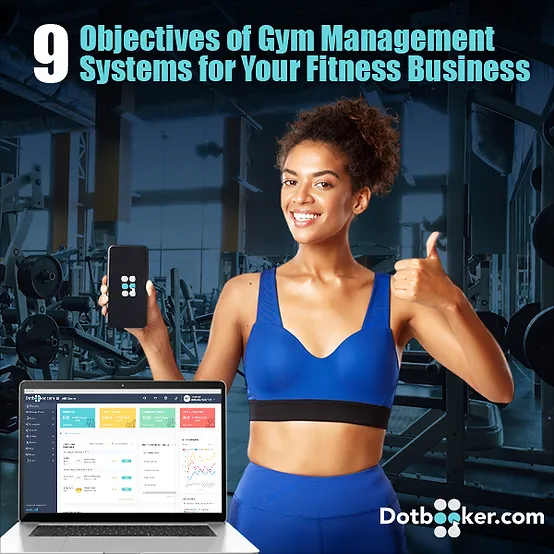
- Oct 20, 2022
- 4438

- Sep 08, 2024
- 3645

- Nov 11, 2022
- 3135

- Sep 16, 2024
- 2563
Transform your business now!

Get an expert consultation for your business's streamlined operations.